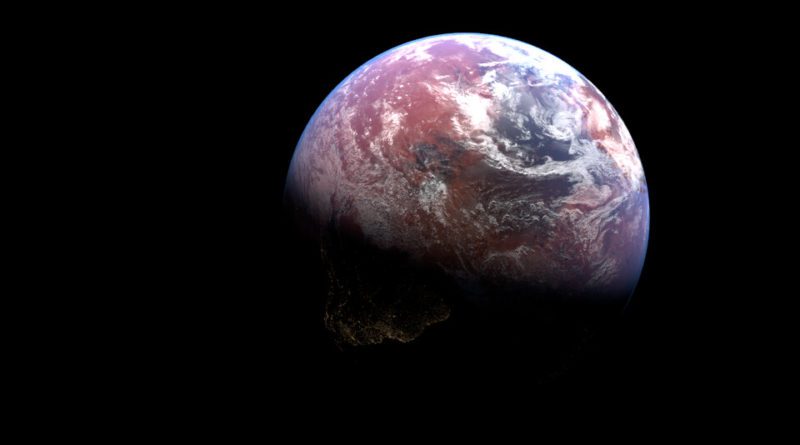Chinese Astronomers Plan to Find Aliens and 30,000 Exoplanets
[Please note that this page contains affiliate links. If you choose to purchase after clicking a link, I may receive a commission at no extra cost to you.]
In 2026, China will launch its Earth 2.0, a mission to discover an exoplanet with the necessary conditions to support alien life.
Searching for Aliens and Exoplanets
As far as we know, in the universe, there is only one place where we know life exists: Earth. So to search for alien life, many astronomers think we should look for exoplanets similar to Earth’s environment and livable areas not too close and far away from stars.
The search for Earth 2.0 has come up short — scientists have found exoplanets like Earth, but nothing you could call Earth’s twin.
Earth 2.0 Mission
The Chinese Academy of Sciences hopes to help change this with its Earth 2.0 mission, involving more than 300 scientists from 40 institutions in China and around the globe.
The mission will begin with the Earth 2.0 spacecraft launch to the second Lagrange Point (L2) sometime in 2026. In this area in space, Earth’s and the sun’s gravitational pulls form an equilibrium, and it keeps smaller objects at L2 orbiting around the sun and Earth.
The Earth 2.0 researchers hope to identify 30,000 exoplanets during their mission.
During the next four years, scientists will use six small telescopes for the Earth 2.0 mission that will work in unison to survey a piece of sky that holds at least 1.2 million stars. The goal is to find changes in a star’s brightness. It will designate a passage of an exoplanet.
They will place a seventh telescope on the Earth 2.0 satellite to survey Milky Way’s center for gravitational microlensing. This occurrence can be used to find exoplanets that either do not orbit stars (“rogue planets”) or are too far away from their stars (like Uranus).
Identifying 30,000 Exoplanets
Astronomers think the Milky Way has billions of exoplanets, although they have only found around 5,000. Looking at simulations, the Earth 2.0 scientists expect to discover 30,000 more during their mission, including about 5,000 that are “terrestrial-like.”
As the survey itself will not be able to show if any of these planets are the mysterious Earth 2.0, it can give data that may help astronomers identify candidates for follow-up observations.
“Our satellites will conduct a census that finds exoplanets of different sizes, ages, and masses,” lead astronomer Jian Ge told Nature. “Earth 2.0 mission can provide a massive collection of exoplanet samples for further research.”


